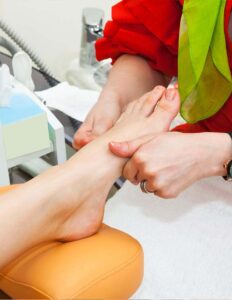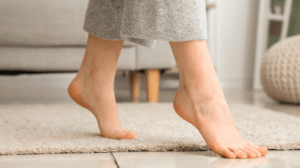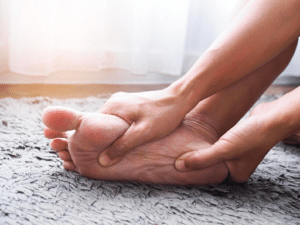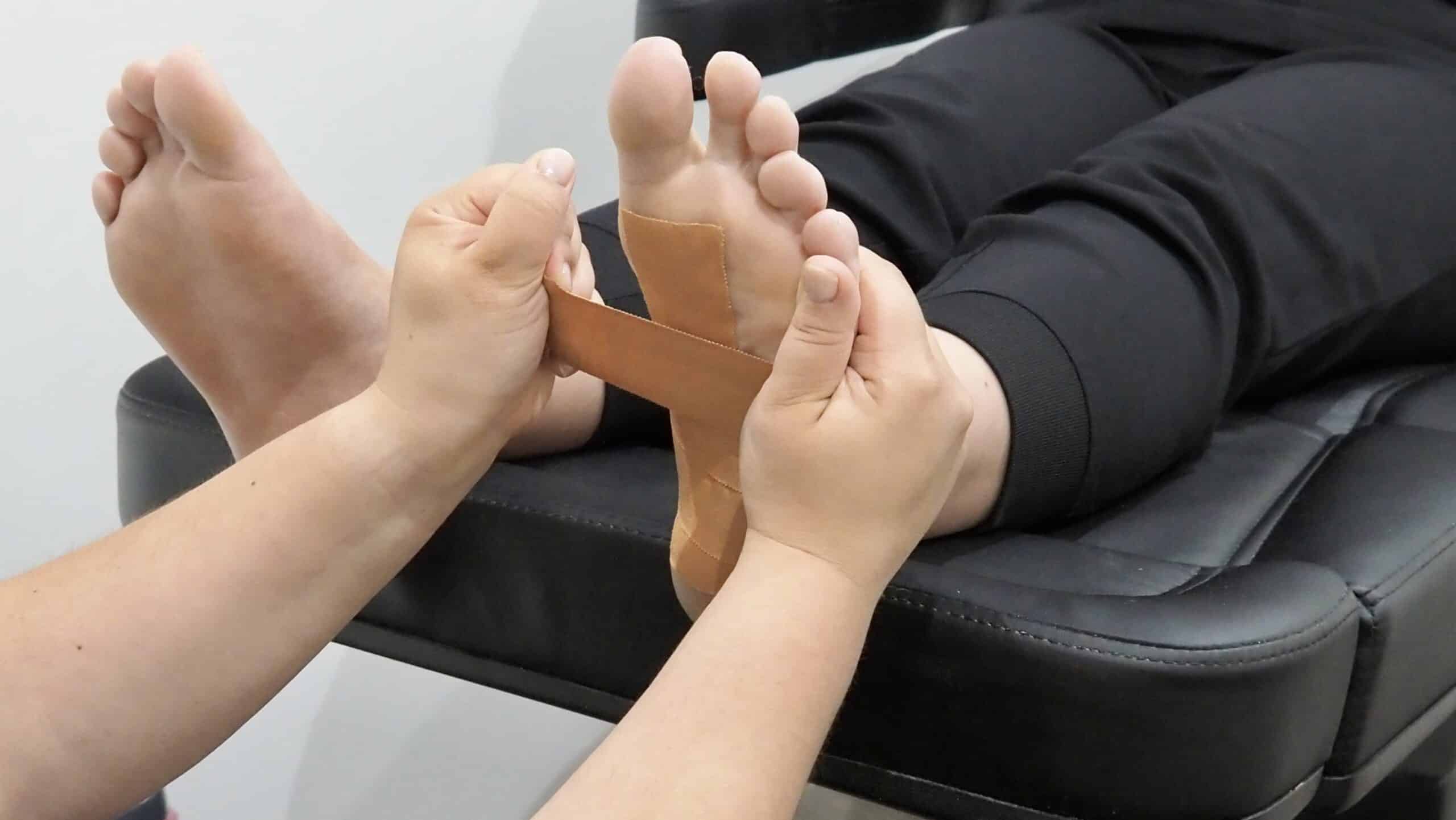The pesky cracked heels everyone knows… and hates.
How can we manage cracked heels and ensure they don’t take over our lives?
The term ‘callused heels’ can usually present as areas of dry, hard and thickened skin typically surrounding your heel. If the callus is left untreated it is likely to develop into deep cracks or ‘fissures’. Cracked heels can bleed and become very painful especially whilst weight-bearing.
Our skin on our feet is designed to withstand our weight because it is so elastic, therefore, it is easy to expand and withstand the pressure. However, as soon as the skin becomes dry, it loses its elasticity and cracks.
So how do we avoid cracked heels?
First, we have to understand the factors that cause your skin to lose its elasticity and therefore develop dry callused areas. Some of these can include:
- Medical conditions such as diabetes, dermatitis, obesity, eczema, athlete’s foot and psoriasis.
- Dry and cold weather
- Open heel shoes
- Standing on the feet for a long period of time
Tips to avoid cracked heels
Moisturising
- Due to the lack of moisture within the skin this is a common cause of cracked heels. Moisturising daily with urea based cream is highly recommended.
- At the Whittlesea Foot and Ankle Clinic we sell Restorate foot balm and spray. This is a highly moisturising and non-greasy cream and spray designed by podiatrists and formulated to reduce the build-up of tough/dry skin and help treat cracked heels.
- Restorate features these active ingredients:

- Urea: natural moisturising ingredient, found in the epidermis and plays an important role in maintaining the skin’s moisture balance. Additionally, it softens and smooths the skin.
- High level of glycerin: helps to retain water within the skin
- Sodium lactate: increases the moisture content of skin by water holding capacity
- Shea butter and macadamia oil: to replenish and restore comfort
- Vitamin E: anti-oxidant that help to protect the skin from premature aging and free radicals damage
- Blend of peppermint oil, tea tree oil and mentol for refreshing, antibacterial and cooling properties.
Pumice stone:
- Before applying moisturiser to your feet it can be helpful to remove some of the thick, hard skin with a pumice stone. This will allow the moisturiser to absorb into the skin and reduce painful symptoms from the cracked heels.
- Use the pumice stone as often as directed by your podiatrist. It is important to soak your feet in warm, soapy water for 5 minutes before gently rubbing the area. Always rinse your stone after each use.
Footwear:
- To further reduce cracked heels from developing, it is important to wear protective and supportive footwear with cushioning and padding under the foot. Additionally, aim to avoid open heel shoes especially in dry and cold weather.
If you have any underlying medical conditions that may cause cracked heels or any concerns it is important to discuss these with your podiatrist for specific recommendations.
If you have any questions about podiatry or want to book in for your first consultation, feel free to give us a call on 8468 2411 or via our website here.










